Study the Data, But Eat the Cake—Put the Human Factor Forward
.orgSource
DECEMBER 18, 2023
Machine Learning, predictive modeling, and natural language processing are a few of the ways AI makes data more meaningful. Predictive modeling reveals future outcomes and trends with greater accuracy than traditional methods, enabling proactive decision-making and change management. It’s free with limited usage.

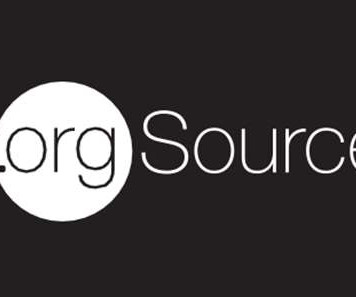
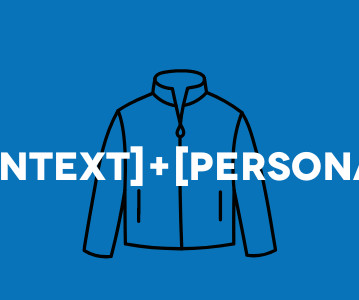
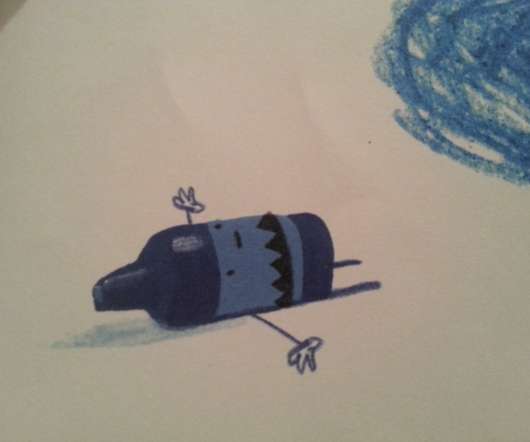
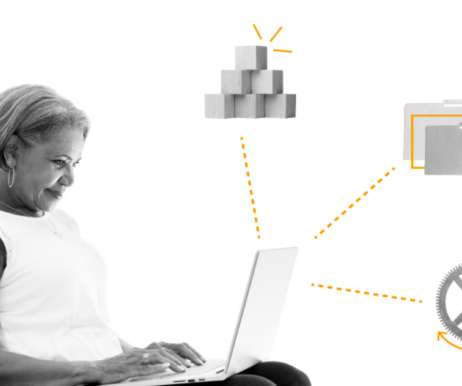






















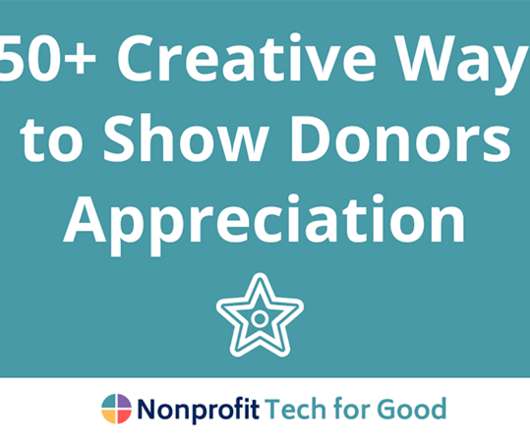















Let's personalize your content